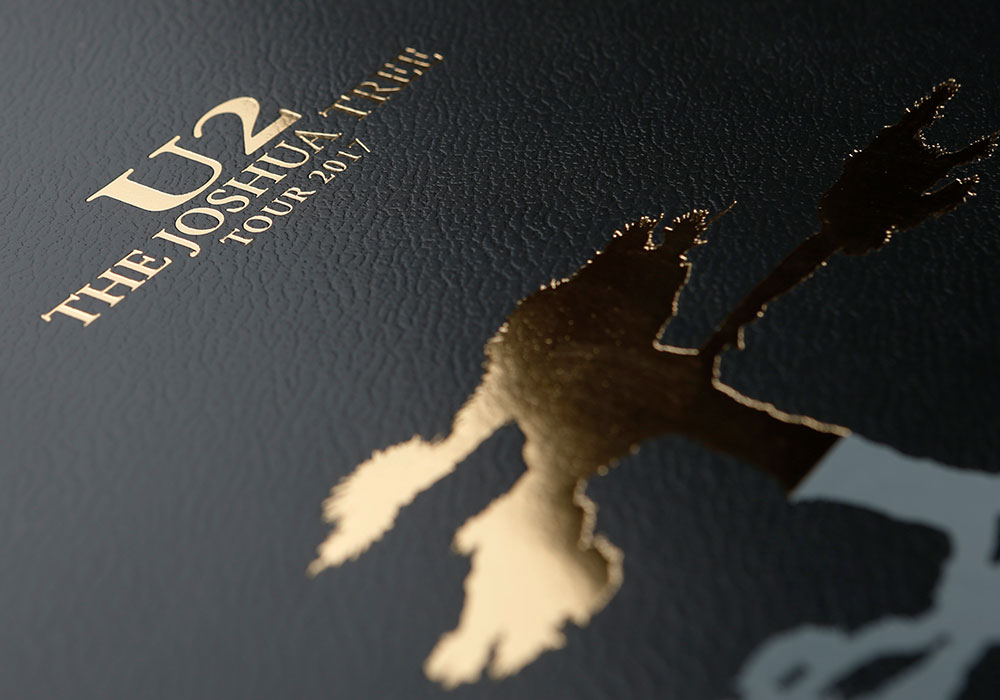Oct 12 Celloglas News
Sustainable print finishing: How to be as environmentally friendly as possible

With more and more emphasis on greener products and a move to prioritise more sustainable ways of working, the type of print finish you choose can help in meeting business targets and objectives. Whether you’re a brand looking for more environmentally friendly ways to finish brochures or marketing materials or a retailer scoping out more eco-friendly ways to promote products, we understand it can be a minefield and difficult to know which way to turn. At Celloglas, we’d like to dispel myths and clear up common misunderstandings, as we help you navigate the options for sustainable print finishing – without compromising on quality and attention-commanding design.
Facilitating the circular economy
We champion the circular economy and plead the need for a move away from a linear ‘take, make, dispose’ attitude toward waste. A circular economy values packaging that’s designed to be reused, recycled and composted – which ultimately means less plastic in the environment. We need to move away from single-use plastics. But it needs to be a collaborative effort from all businesses in our sector, as well as those outside of it. The Global Commitment, which unites over 450 businesses, governments and organisations worldwide, is fighting the cause for a circular economy so plastic never becomes waste. It now represents over 20% of the world’s packaging market and aims to increase the volume of recycled plastic content to 25% by 2025. In October 2019, it announced that packaged goods and retail signatories had pledged to increase recycled plastic in packaging more than five-fold, from four to 22%, by 2025.
Foiling
Foil has an attractive, premium appearance that demonstrates that you take pride in your brand and products – and the great news is that all types of foiling are eco-friendly. Foil blocking or stamping is an extremely popular finishing technique. A metallic foil is applied to the stock using a hot metal die, which then leaves behind its design on the paper. At Celloglas, all our foiling waste is recycled – none of if it goes to landfill. We’re certified Zero Foil 2 Landfill by the British Printing Federation (BPIF) and Prismm Environmental.
Mirri
We’re constantly developing products to help our customers limit their environmental impact. Fully recyclable Mirri Eco is among our latest developments. This non-filmic transfer metallised product doesn’t contain any plastic (only a fine metallic layer) and is ideal for packaging or point of sale requiring that stand-out element.
Lamination
The 2019 Waste and Resources Action Programme (WRAP) report stated that laminate film used in paper and board items presents either ‘no issues’ or ‘moderate issues’ for recycling if the film accounts for less than 5% of the weight of the product. As most laminate films weigh between 10gsm and 12gsm, any laminated board of 220gsm or above can be easily recycled.
Innovative Cellogreen can be a go-to eco-print laminate. It’s predominantly made from cellulose – a type of organic plant material – and is fully recyclable, biodegradable and compostable. It’s been accredited with DIN EN13432, which is the recognised standard for compost ability and biodegradation. This eco-film is made from wood pulp sourced from SFI-managed forests. It has the same appearance as OPP lamination but its star quality is that it can be recycled in your normal re-pulping system. However, OPP laminate is also recyclable and shouldn’t be considered ‘single-use plastic’.
UV varnishes and coatings
These finishes cover the stock with a transparent coating that’s dried using ultra-violet light. Varnish usually has a petroleum base and while it’s drying, this petroleum will emit toxic volatile organic compounds (VOCs). But UV varnishes and coatings don’t release VOCs as solvent-based ones do, reducing atmospheric pollution. Plus, because they’re cured through the application of UV light and don’t require heat for the drying process, they enable print finishers to use less energy too. UV varnished sheets are easy to recycle and can be re-pulped within your normal processes.
Print finishing can be extremely sustainable and environmentally friendly – it’s simply about understanding your options. Celloglas is committed to helping businesses and brands limit their negative impact on the environment. Talk to us about greener options for your project or download our eco credentials for more information.

